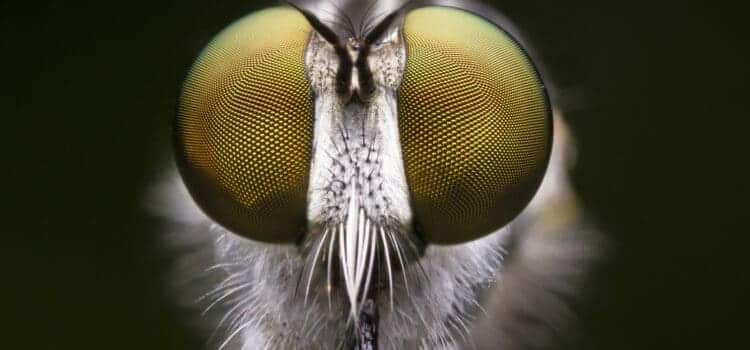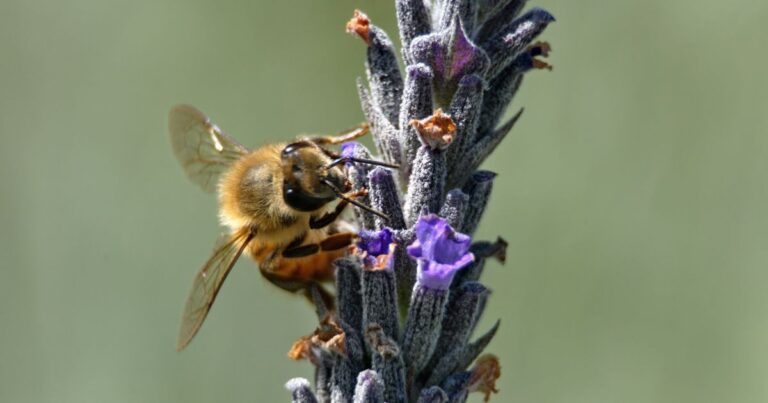Bombus Hyperboreus – The Cold Imposter
Bombus hyperboreus is a social parasite! They ruthlessly exploit all the Arctic bumblebees’ hard work. Find out more about this annoying pest!
The Arctic bumblebee (Bombus polaris) is widespread around the Arctic Circle, where it has evolved unique behavioural and physiological adaptations to cope with the frigid conditions and short productive summer. But a related species, Bombus hyperboreus, ruthlessly exploits this success; saving both time and energy by cashing in on all the Arctic bumblebees’ hard work and usurping their colonies. For Bombus hyperboreus is a ‘cuckoo bumblebee’; a social parasite!
Like B. polaris, B. hyperboreus is covered in a thick insulating coat of fur, and its relatively large size helps minimise heat loss. Both species’ resting abdominal temperature is higher than that of bumblebees from warmer climates, and Bombus hyperboreus’ conspicuous black band and tip of the thorax is thought to enhance the absorption of solar radiation. Mated queens awaken from nine months of hibernation in the frozen Arctic tundra in early spring – alongside or just after those of B. polaris. Most parasitic bumblebees lack pollen baskets, but B. hyperboreus does possess these structures and will actively collect pollen (probably by necessity in the hostile environment). In fact, it is a significant pollinator in its own right and has been observed to forage upon a variety of medium or deep-throated flowers such as louseworts and Lapland rosebay (a common subarctic dwarf rhododendron).
Newly emerged queens seek out a fledgling colony of B. polaris. They then invade the nest, killing the hapless matriarch and dooming the workers to a life of slavery. Bombus hyperboreus queens then produce their own brood, consisting solely of drones and new queens, which are dutifully cared for by the unsuspecting B. polaris workers.
Both B. polaris and B. hyperboreus are members of the subgenus Alpinobombus which, as the name suggests, contains a number of species that inhabit alpine or arctic regions. Bombus alpinus is widespread in Europe and Eurasia, where it favours tundra and montane environments. Bombus balteatus, the golden-belted bumblebee, is abundant at altitude (often above the tree line) in Eurasia and North America, as far south as New Mexico, with populations in the Rocky Mountains and the Sierra Nevada. This species has a tongue that is equivalent to two-thirds of its body length, which enables it to feed upon flowers with extended corollas. Bombus neoboreus is found in Arctic habitat in Canada and Alaska. In addition to B. polaris, B. hyperboreus has been known supplant queens of B. balteatus and B. jonellus, the small heath bumblebee, which is common in North America, Europe and northern Asia.
Interestingly, although bumblebees are important early pollinators of Arctic plant species, at the height of the short summer the profusion of flowers typically results in a dearth of available vectors for pollination. Under these slightly warmer conditions, flies become the major pollinators, while mosquitos also play a role. Unfortunately, flies have been found to be declining in the Arctic over the last twenty years. Arctic communities (both plants and insects) are typically dominated by a handful of species, and this renders them particularly vulnerable to climate change.


